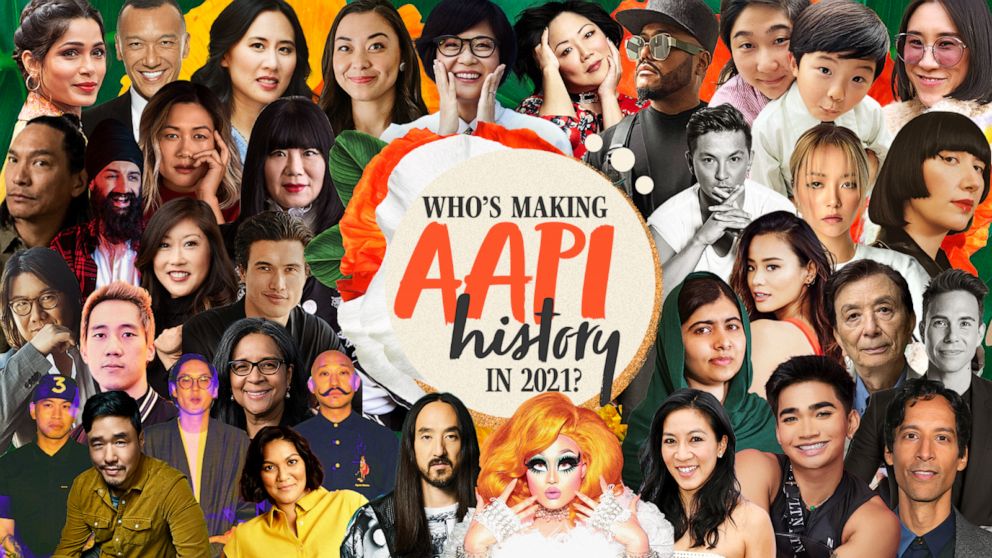Aapi Meaning

In recent years, the acronym AAPI has gained significant visibility, becoming a rallying cry for a diverse and dynamic community in the United States. But what exactly does AAPI stand for, and why is it so crucial in today’s social and political landscape?
AAPI stands for Asian American and Pacific Islander. It encompasses a broad and rich tapestry of cultures, languages, and traditions, representing individuals with roots in East Asia, South Asia, Southeast Asia, and the Pacific Islands. From Chinese Americans to Filipino Americans, from Hawaiian Islanders to Samoans, the AAPI community is incredibly diverse, reflecting a multitude of ethnicities, histories, and experiences.
The term “Asian American” emerged during the civil rights movements of the 1960s and 1970s, as activists sought to unify various Asian ethnic groups under a shared identity to advocate for equal rights and recognition. Over time, this identity has evolved to encompass a wide range of experiences, including immigration, assimilation, discrimination, and achievement.
Similarly, “Pacific Islander” refers to the indigenous peoples of the Pacific Islands, including Hawaii, Guam, Samoa, Tonga, and many others. Pacific Islanders have their own distinct cultures and histories, shaped by centuries of migration, colonization, and resilience in the face of adversity.
The AAPI community has made significant contributions to every aspect of American society, from science and technology to politics, arts, and cuisine. Yet, despite these contributions, AAPI individuals have often faced discrimination and marginalization. From the Chinese Exclusion Act of 1882 to the internment of Japanese Americans during World War II to the recent surge in anti-Asian hate crimes, the AAPI community has grappled with systemic racism and xenophobia throughout history.
In recent years, AAPI activists and advocates have worked tirelessly to raise awareness about issues facing their communities, including hate crimes, immigration reform, language access, and representation in media and government. The #StopAsianHate movement, sparked by a rise in anti-Asian violence during the COVID-19 pandemic, has galvanized support and solidarity across the country, shining a spotlight on the urgent need to address racism and discrimination against AAPI individuals.
Moreover, AAPI identity is not monolithic. It intersects with other aspects of identity, such as gender, sexuality, class, and immigration status, creating unique challenges and opportunities for individuals within the community. For example, AAPI women experience both racial and gender-based discrimination, often facing stereotypes that exoticize or hypersexualize their identities. Similarly, AAPI immigrants may encounter language barriers, visa restrictions, and other obstacles as they navigate life in the United States.
As the AAPI community continues to grow and diversify, it is essential to recognize and celebrate the richness and complexity of its identity. By amplifying AAPI voices, challenging stereotypes, and advocating for equity and justice, we can build a more inclusive society where every individual has the opportunity to thrive.
Conclusion
AAPI encompasses a diverse and dynamic community of individuals with roots in Asia and the Pacific Islands. Despite facing historical and contemporary challenges, the AAPI community has made significant contributions to American society and continues to advocate for equity and justice. By understanding and embracing AAPI identity, we can create a more inclusive and equitable future for all.



